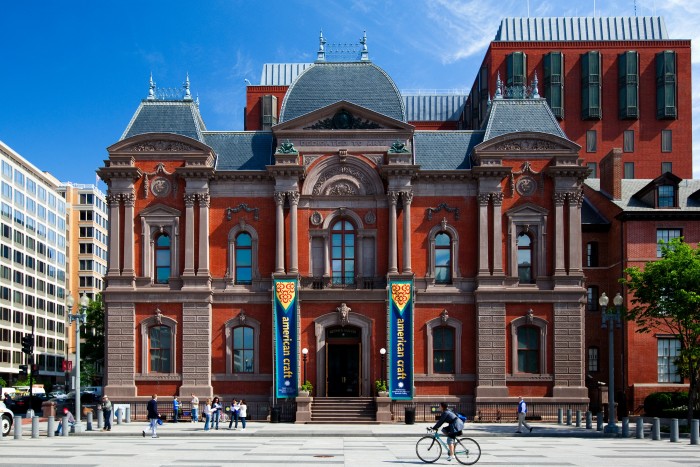Smithsonian 175: Design for an Icon
One hundred seventy-five years ago today, the Board of Regents’ Building Committee selected architect James Renwick, Jr. to design the Smithsonian Institution Building. It would be Renwick’s Romanesque design that would give the Building its unofficial title—“the Castle.”
Renwick, then only 28 years-old and already renowned for his design of Grace Church in New York City, was awarded the project through a formal design competition open to “established” American architects. The competition had been scheduled to close on December 25, 1846, but the Building Committee, impressed by Renwick’s application of the Regents’ design criteria, chose him on November 30, 1846. The premature selection caused what Secretary Joseph Henry called a “tempest among the architects” (and not the last for the Smithsonian). The cornerstone for the Castle would be laid just six months later on May 1, 1847.
Historians believe that Renwick’s winning entry was “likely quite close to [this] south elevation drawing from 1846”:

After his work on the Smithsonian institution Building, Renwick designed the Corcoran Gallery of Art (now the Smithsonian American Art Museum’s Renwick Gallery) and New York’s St. Patrick’s Cathedral. For more information on Renwick, his career, and his contributions to the Smithsonian, visit James Renwick, Jr., Architect of Smithsonian Buildings | Smithsonian Institution Archives (si.edu).

After his work on the Smithsonian institution Building, Renwick designed the Corcoran Gallery of Art (now the Smithsonian American Art Museum’s Renwick Gallery) and New York’s St. Patrick’s Cathedral. For more information on Renwick, his career, and his contributions to the Smithsonian, visit James Renwick, Jr., Architect of Smithsonian Buildings | Smithsonian Institution Archives (si.edu).
Since Renwick’s selection in 1846, the Smithsonian has regularly engaged the most prominent or promising architects of the day in designing buildings worthy to both hold the nation’s most valuable collections and present them to millions of visitors annually: David Adjaye and Philip Freelon for the National Museum of African American history and Culture, Douglas Cardinal for the National Museum of the American Indian, Lord Norman Foster for the Kogod Courtyard at the Donald W. Reynolds Center for American Art and Portraiture, Charles F. McKim for the National Museum of Natural History; Gordon Bunshaft for the Hirshhorn Museum and Sculpture Garden; and Skidmore, Owings and Merrill for the National Museum of American History.
As part of Smithsonian175, this spring the Office of Architectural History and Historic Preservation and Smithsonian Books are issuing an updated edition of the comprehensive A Guide to Smithsonian Architecture, which illustrates that at the Smithsonian, sometimes what’s the outside of the museum is as interesting and provocative as what’s within.

This post was contributed by Senior Advisor John Lapiana and the Smithsonian 175 team.
Posted: 30 November 2021
-
Categories:
Art and Design , Education, Access & Outreach , Feature Stories , Renwick Gallery





